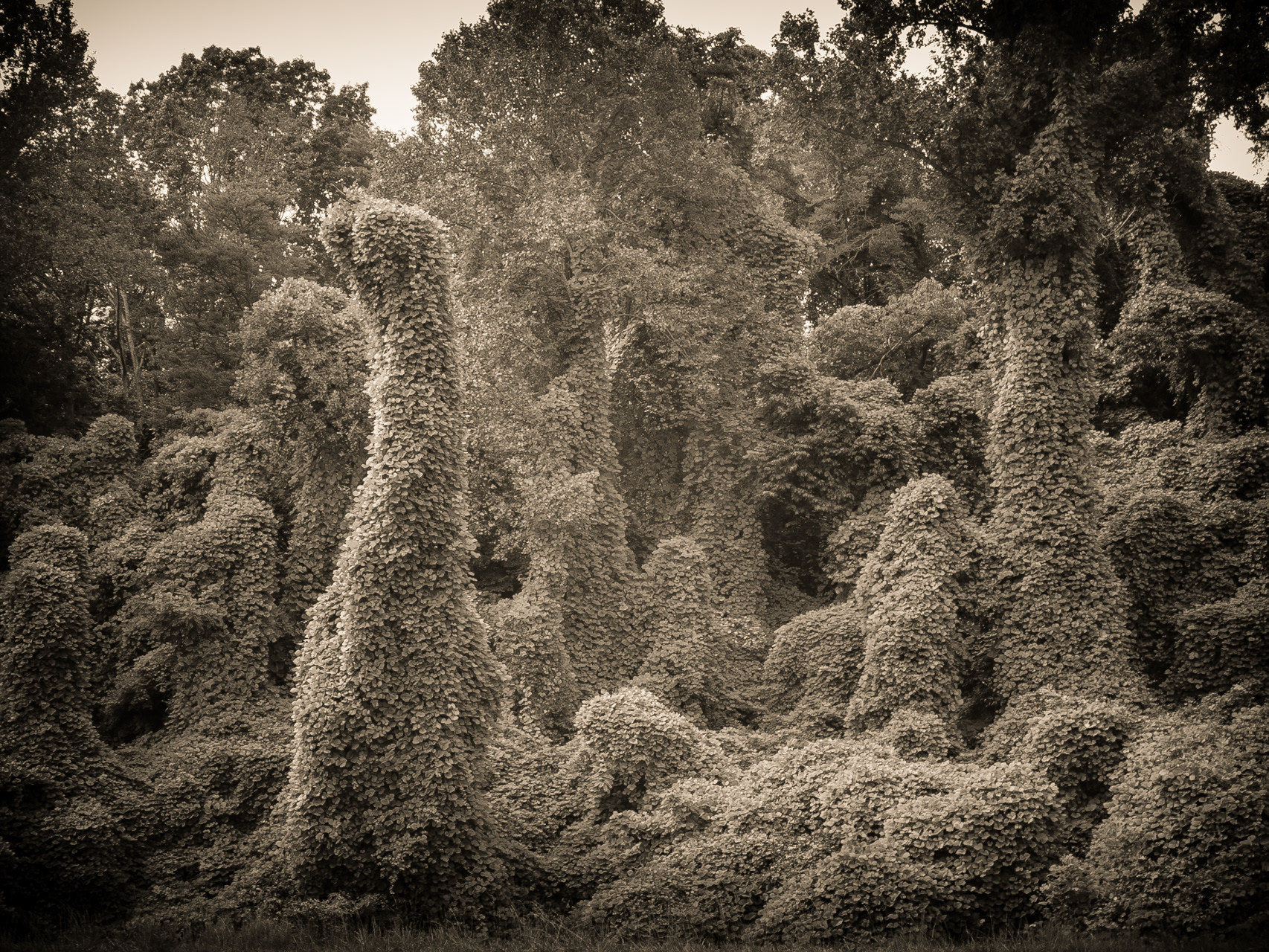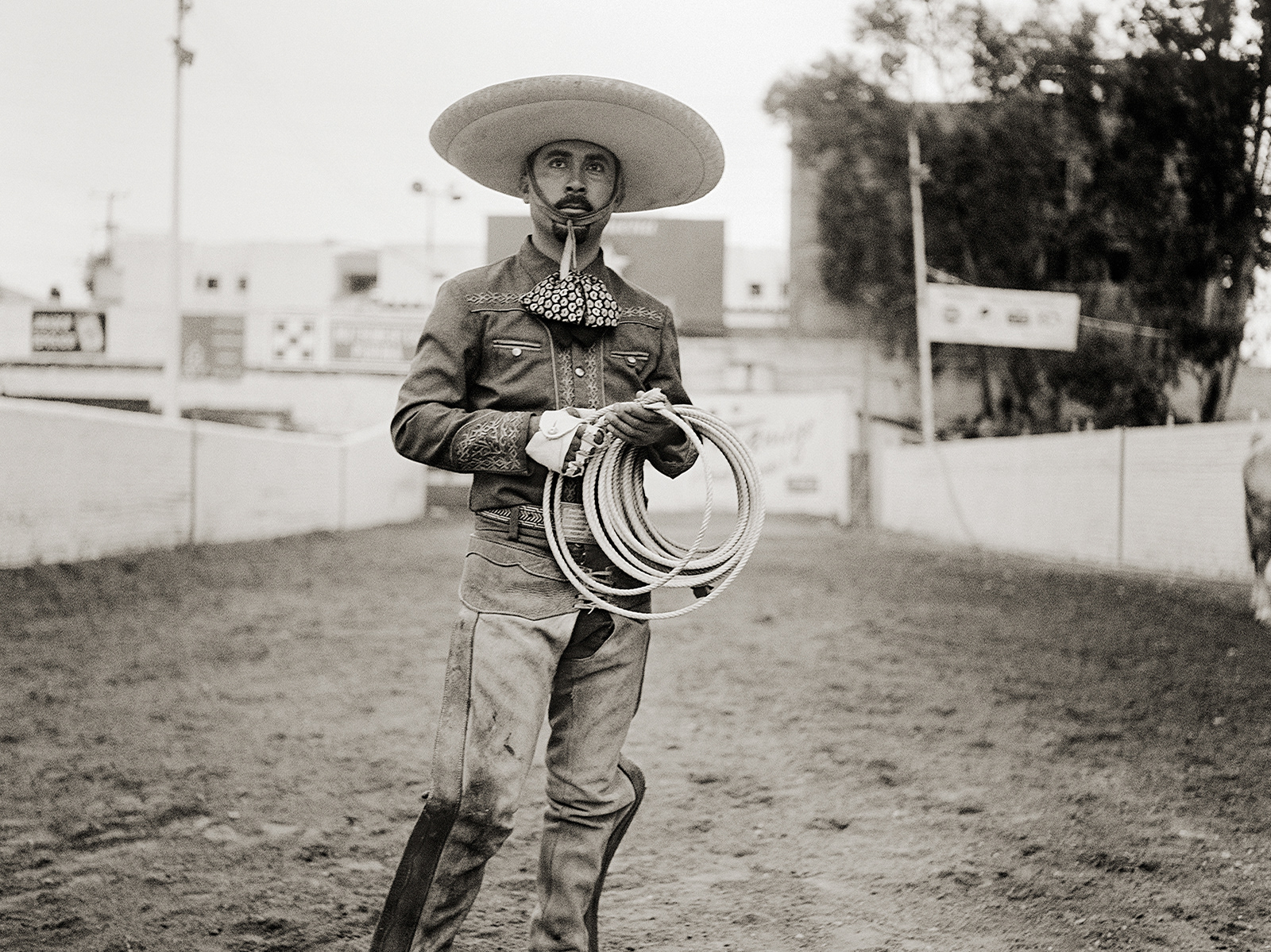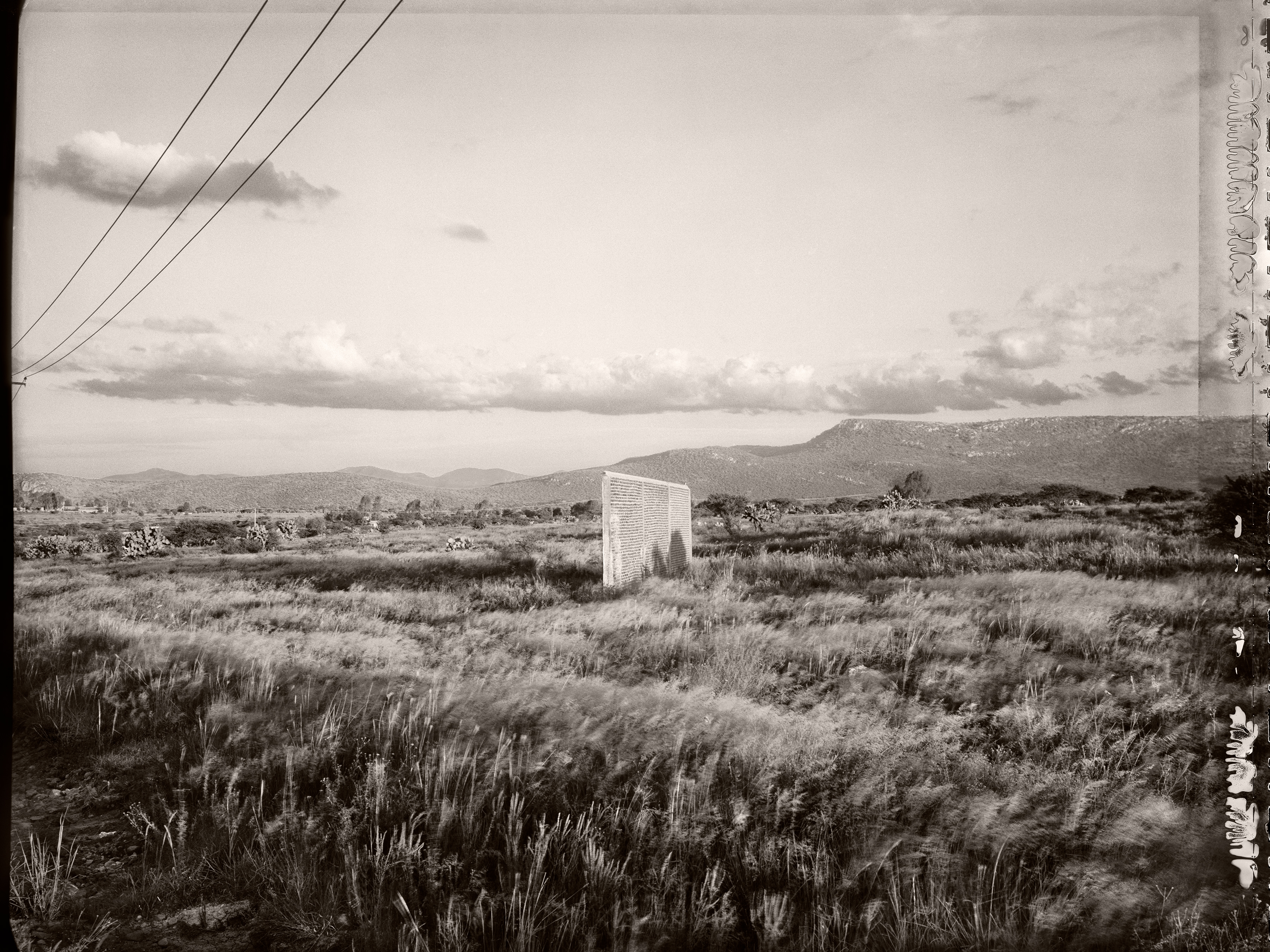Santa Cruz de La Paz
Las Canchas del Inframundo
John Philip Santos
In this unforgettable series of photographs, Daniel Borris returns from journeys made over several years through central Mexico like an explorer of old, bearing evidence of remarkable things seen, powerful places entered, and of how he found his way into the sacred center of an ancient world. These Mexican canchas are emblems of devotion to a game that is humanity’s planet-wide obsession, the consummate sport of our age of globalization. Borris discovers a way of seeing them that conjures memories of Mexico’s ball game of antiquity. His eye finds another kind of grandeur and majesty in places we might otherwise pass without noticing, revealing a profound continuity of Mexico’s mystical legacy in unlikely, hidden away places.
Estado de Hidalgo
Comonfort, Guanajuato
Cenotillo, Yucatán
Santa Fe de la Laguna, Michoacán
Cruz del Palmar, Guanajuato
Chan Cenote, Yucatán
Santa Rosa, Querétaro
Sudzal, Yucatán
Cancha de Grillos
Nabalam, Yucatán
Opopeo, Michoacán
Los Corrales, Michoacán
Cardonal, Hidalgo
El Batan, Guanajuato
Camarco, Querétaro
La Bandita, Guanajuato
La Huasteca
Calderón, Guanajuato
Sanakhat, Yucatán
Rumbo a Celaya
San Cristóbal, Hidalgo
Huichapan, Hidalgo
Tecolapan, Estado de México
Xocchel, Yucatán



